Tiger v Leopard
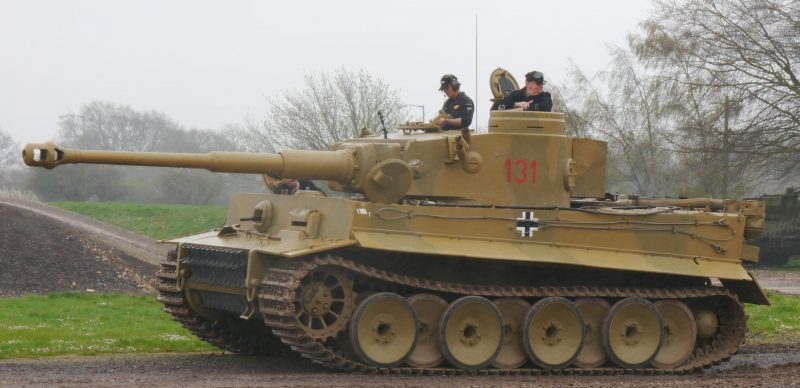
In 1940 and ‘41 German forces were struggling against tanks like the KV-1, T-34 and Matilda II. At this stage of the war, many German anti-tank guns simply couldn’t harm these vehicles, while tanks like the Panzer III and IV had insufficient armour to protect against them.
The Panzerkampfwagen VI Tiger was the answer to this. It first saw combat in September 1942, and with a powerful gun and heavy armour, it could handle even the toughest vehicles the allies fielded during war. The Tiger set the standard for German tank design, prioritising armour and firepower over mobility.
However, in post war Germany, this design philosophy had changed. The introduction of high-explosive anti-tank (HEAT) rounds rendered thick armour obsolete Engineers concluded if a round will penetrate the vehicle regardless of armour thickness, was there any point in carrying that extra weight?
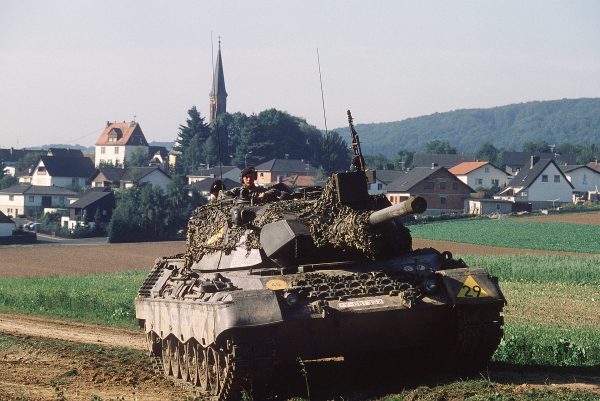
Something else would need to take the place of armour, and their answer was speed.
The Leopard 1 was the result of this thinking, built in 1965 with only 70 mm of armour on its frontal plate, it had less armour than many 1940s era tanks. It did however have an 800 hp MTU V10 diesel engine that gave it a top speed of 40 mph.
It was soon discovered armour was not completely irrelevant, and while the Leopard 1 served well, by the ‘70s it was understood a new vehicle would be needed.
This vehicle should have been the joint US-German MBT-70 project, but upon its cancellation, the Germans designed the Leopard 2. It was a direct successor to the Leopard 1, retaining its speed, but with a better gun and much greater armour protection.
With decades between them and such different design priorities, how does the Tiger 1 hold up against the Leopard 2?
Armour
For 1942 the Tiger had great armour made of very high quality steel.
The frontal glacis plate had 100 mm, with the hull’s side and rear armour both 80 mm thick. The turret is similar, with 100 mm on the front, and 80 mm on the sides and rear.
A common idea is the Tiger’s ‘weaker’ rear armour was it’s achilles heel, but as shown the rear is the same thickness as the sides, which is thicker than the Sherman tanks frontal plate.
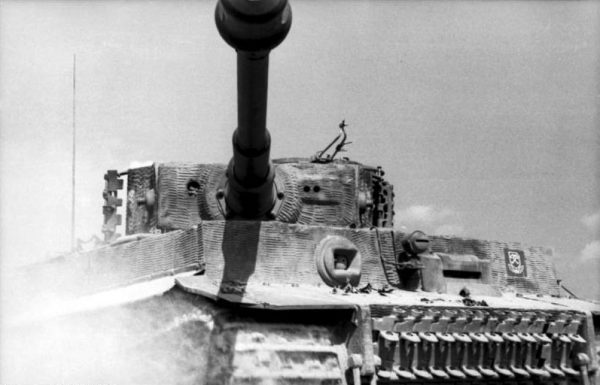
The flat, un-sloped armour is also regarded as technologically inferior to vehicles like the T-34 and Sherman, but it was an intentional design choice to increase interior space.
This simple box-like layout enabled the crews to angle their tank against incoming fire to increase protection, a technique encouraged in training.
At 45 degrees to incoming fire, the Tiger’s front plate would effectively be 140 mm thick, while the sides would be 113 mm, making the tank virtually impenetrable to allied guns.
The Leopard 2 features a mix of conventional steel, spaced, and composite armour. The composition is likely based on British Chobham armour, the details of which were handed over to the Germans in the 70s.
Exact figures are classified, and it’s hard to accurately compare conventional steel with composite armour, but estimates put the hull front protection comparable to 600 mm of steel.
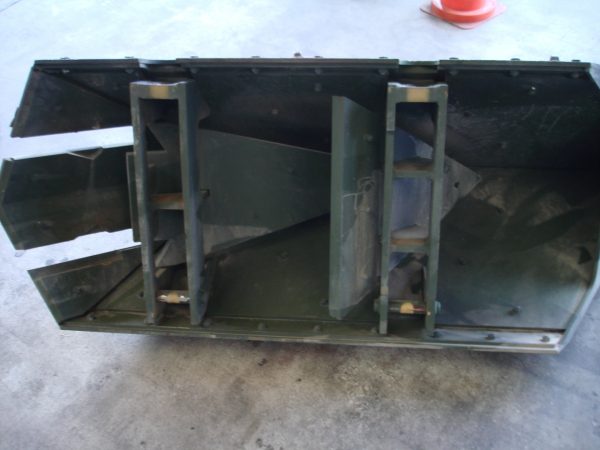
The Leopard 2A5 has a unique ‘arrowhead’ turret front, behind which is actually just empty space. This simple setup is designed to defeat sabot rounds, by sending them off course when it penetrates the first layer, and hitting the main armour at an angle, shattering the round.
Mobility
Considering the Tiger 1 weighed 57 tonnes, it had good mobility. It’s 23 L Maybach HL230 P45 engine gave it 1364 ft-lbs of torque, and 700 hp, enabling it to top out at 28 mph.
It simply cannot compete with the Leopard 2 however, with 1500 hp from its 47.7 L MTU 873 V12, it has over double the horsepower of the Tiger.
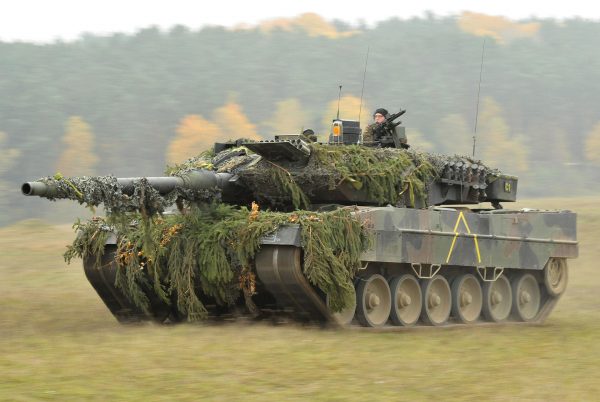
Aided by a massive 3500 ft-lbs of torque, the 60 tonne Leopard 2’s top speed is 42 mph. Speed is still of major importance to German forces, and the Leopard combines armour with speed.
They both use torsion bar suspension, and the Tiger had 725 mm wide tracks, wider than the 635 mm tracks on the Leopard 2.
Firepower
The Tiger 1 and Leopard 2 are linked by arguably having the best gun fielded by a tank at the time they served.
The Tiger 1 used the legendary 8.8 cm KwK 36 L/56 rifled gun. This was the only gun at the time capable of knocking out tanks like the KV-1 and Matilda II.
This weapon could knock out all allied tanks from many kilometers away, and only began to struggle against the later Russian heavy tanks like the IS-2.
It also had two MG 34 machine guns, one as a coaxial, and one in a ball mount in the frontal hull.
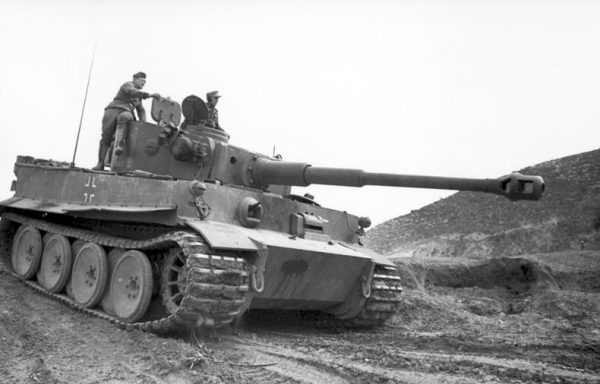
The Leopard 2 uses the current leader in tank gun design, the Rheinmetall Rh-120 120 mm L/55 smoothbore gun. This incredible gun is almost 2 meters longer than the Tiger 1’s 88 mm. There is a coaxial 7.62 MG3 next to the 120 mm, essentially a modern MG42.
The Tiger’s gun could fire the PzGr.40 armour piercing composite rigid (APCR) round at 3,100 fps (930 m/s) and penetrate 170 mm of armour at 100 m, or 110mm at 2000m. These numbers mean it could pierce the front of a Sherman turret from 2000 m away.
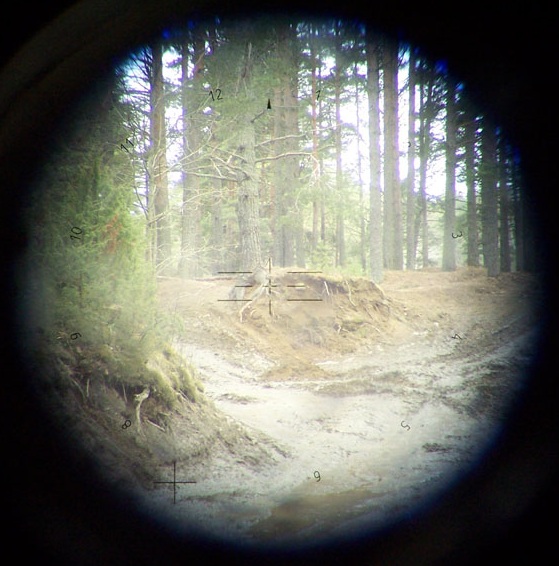
It was also renowned for its extreme precision even at longer ranges. During British trials of the gun, gunner hit 5 successive shots on a target only 41 by 46 cm large, at a distance of 1,100 m.
The Leopard 2 can fire the DM53 armour piercing fin stabilised discard sabot (APFSDS) round at a speed of 5750 fps (1750 m/s) and penetrate a huge 800 mm of armour at 3000 meters.
Another Article From Us: Sherman v Abrams
You can follow us on our Facebook page too.
It’s advanced fire-control system can allow the tank to fire on the move and engage a moving target up to 5000 m away.
